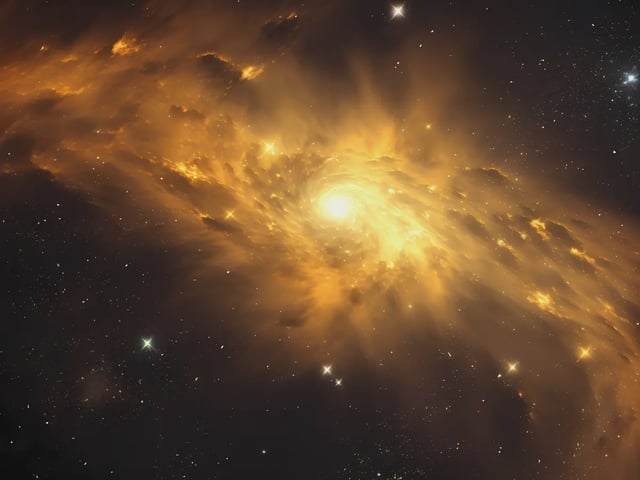Overview
- Recent models indicate the High-Latitude Time-Domain Survey will detect roughly 27,000 Type Ia supernovae, about ten times more than all previous surveys combined.
- The telescope is expected to capture around 60,000 core-collapse supernovae alongside hundreds of rarer blasts, including superluminous supernovae, tidal disruption events and kilonovae.
- Researchers predict Roman could confirm more than ten pair-instability supernovae from the universe’s first stars, providing direct evidence of primordial stellar deaths.
- Over two years, the survey will scan the same sky region every five days to create time-series movies of cosmic explosions that will refine measurements of dark energy and the universe’s expansion.
- Scientists are finalizing machine-learning classification pipelines to sift Roman’s vast data stream and distinguish among diverse transient phenomena.

